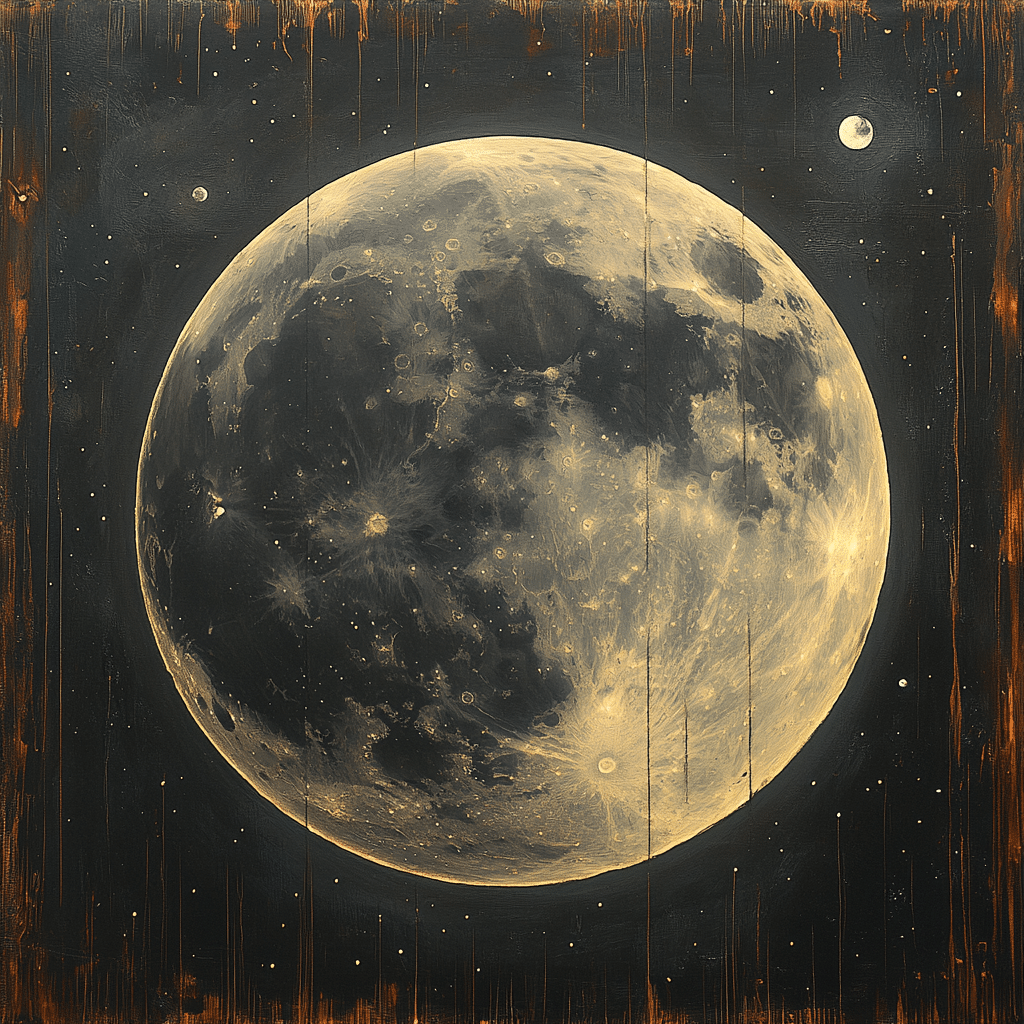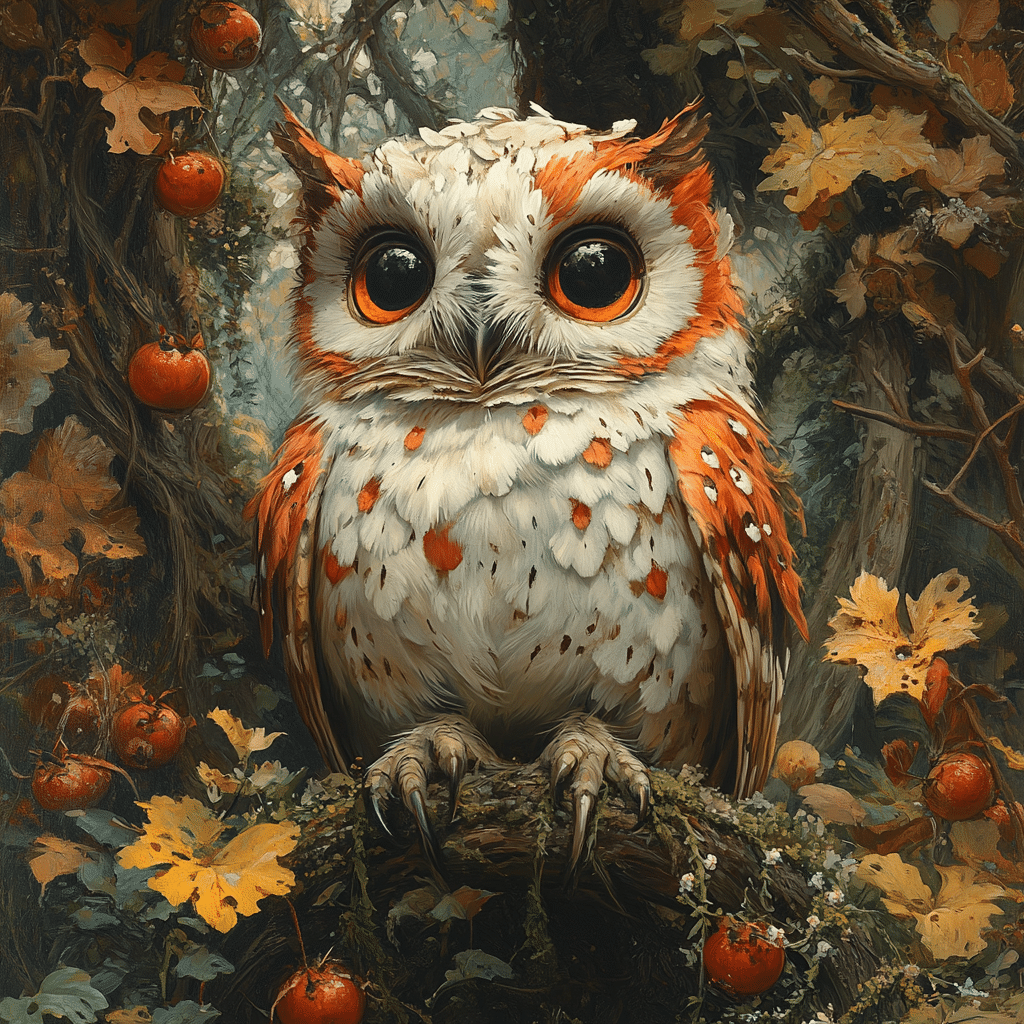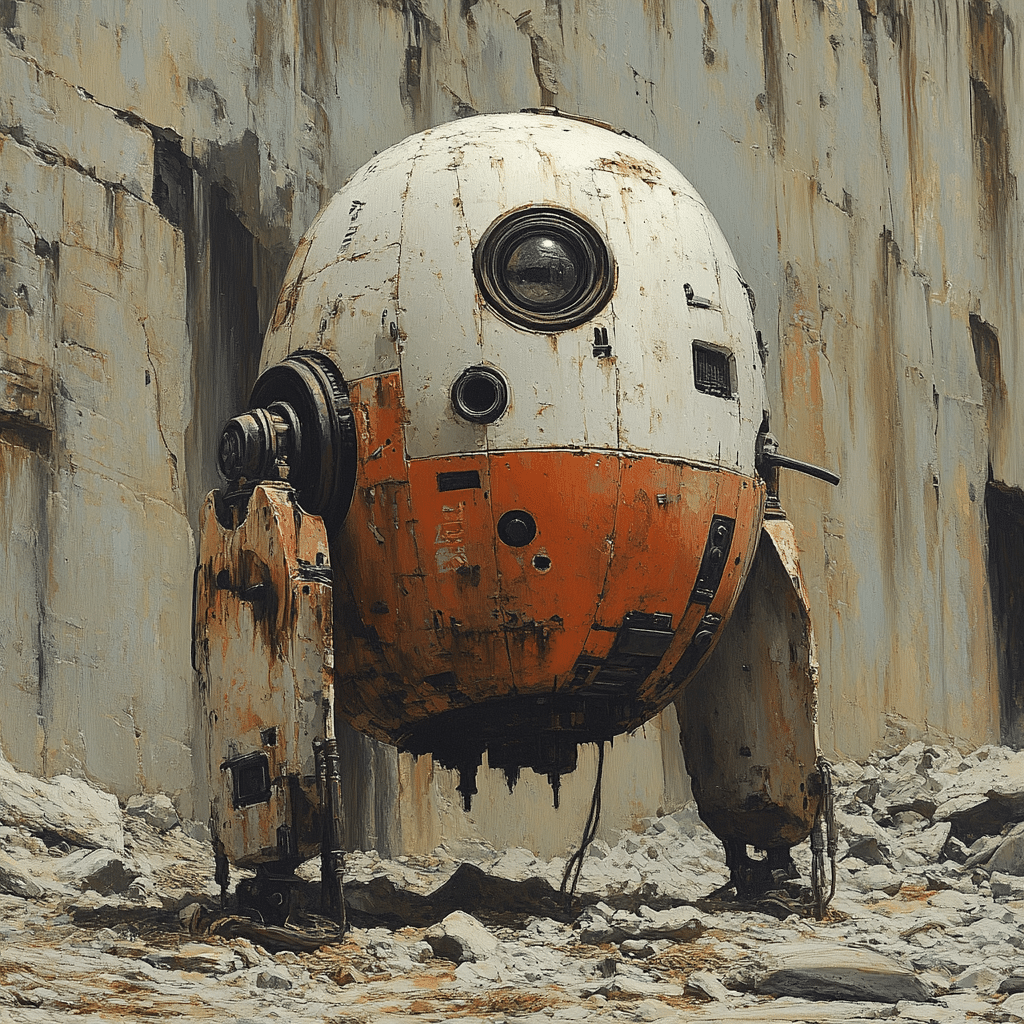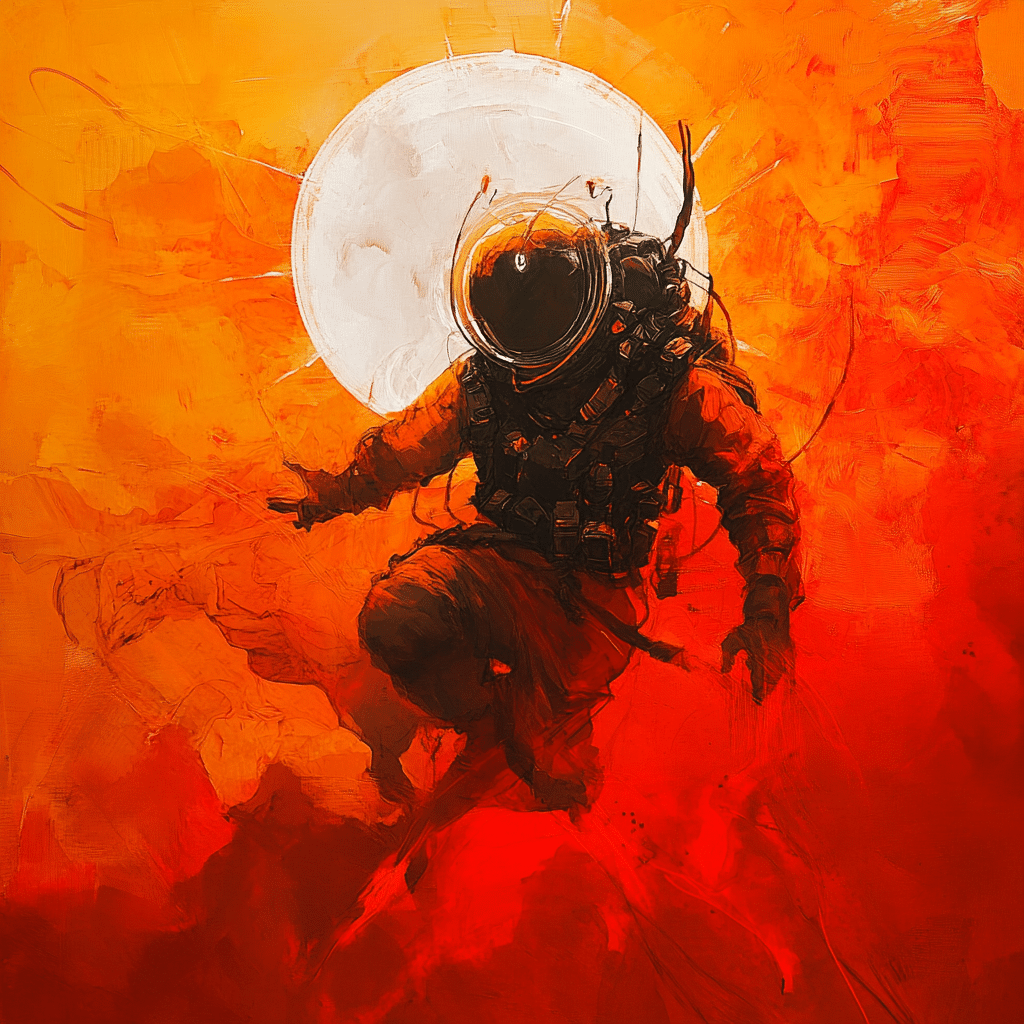The Moon has been the subject of countless tales, songs, and scientific studies. But does the Moon rotate? That’s the million-dollar question that has intrigued humanity for centuries. When we look at our glowing friend in the night sky, we see the same side over and over again. This phenomenon is a tantalizing puzzle. Spoiler alert: The Moon does indeed rotate, but it does so in a way that’s as captivating as the stories we tell about it. Let’s break down everything you need to know about the Moon’s motion, the secrets it holds, and why this matters.

1. Does the Moon Rotate? A Closer Look
To get to the bottom of whether the Moon rotates, we first need to dig into some fundamental truths about motion. Yes, the Moon spins on its axis! However, this is where the plot thickens. Its rotation is synchronized with its orbit around Earth, meaning it takes about 27.3 days to spin once and to make a full lap around our planet. So in simpler terms: The Moon is like that friend who can only look in one direction at the party.
This synchronization leads to a phenomenon called tidal locking. This doesn’t just limit the view; it creates an entirely different perspective. One side of the Moon, the “near side,” is what we see, while the “far side” wasn’t even glimpsed until the Soviet Luna 3 spacecraft snapped its first photos in 1959. That’s over half a century of mystery behind its surface, shaped by intense meteoric bombardments. It’s like hiding a stash of valuable collectibles from your buddies—what secrets are just waiting to be uncovered?
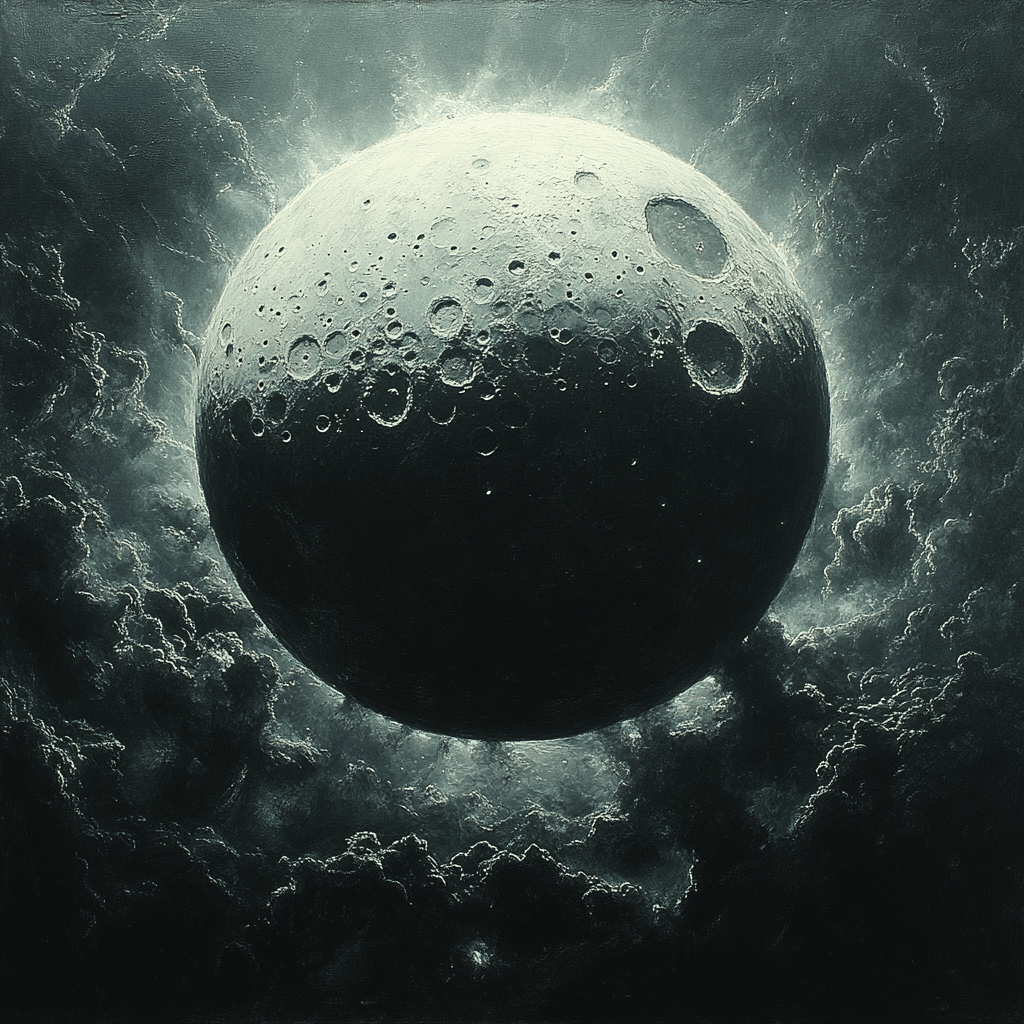
2. The Moon’s Unique Attributes: Beyond Simple Rotation
Now that we’ve covered the basics, let’s take a deeper dive into some of the more remarkable characteristics of the Moon’s motion. What else is at play besides just does the Moon rotate? Here are five fascinating aspects to keep you captivated.
2.1 Synchronous Rotation and Its Effects
As mentioned earlier, the synchronous rotation means we only see the near side of the Moon. But there’s more! This creates a wealth of questions for researchers diving into lunar geology. For instance, why are there so many craters only visible on the far side? This unique condition has led scientists to formulate theories about the Moon’s collision history and formation.
2.2 The Moon’s Orbital Motion: The Elliptical Path
The Moon’s orbit isn’t a perfect circle; it’s elliptical. Because of this oval shape, its speed can differ throughout the month. In some parts of its orbit, it zips around faster and wobbles slightly, displaying what we call “librational motion.” This seemingly minor wobble helps us catch glimpses of up to 59% of the Moon’s surface over time. Who knew astronomy could resemble a surprise party where the guest list keeps changing?
2.3 The Monthly Cycle: What Month Is It?
The Moon’s phases—new moon, half moon, full moon—add a layer of intrigue to its motion. Every month, the Moon goes through these phases, acting like a celestial calendar. Ancient cultures relied on this cycle for agriculture and timing festivals. The Waxing Gibbous isn’t just a fancy term; it might be when you plan your next outdoor soirée! So, when someone asks, “What month is it?,” you could just point skyward.
2.4 The Sun’s Influence: What Time Does the Sun Set Today?
The Moon’s visibility is greatly affected by the Sun’s position in the sky. Have you ever asked yourself, “What time does the sun set today?” Knowing this can change how the Moon appears at night. For instance, during the Harvest Moon, it rises just after sunset, creating spectacular views for those late-night drives or bonfires. Talk about ambiance!
2.5 Bridging Science and Culture: Celebrating Lunar Events
The Moon’s various phases and events have sparked celebrations worldwide. Ever heard of the Strawberry Moon or the Blue Moon? These names celebrate not just the appearances but also cultural significance. In many places, different lunar events impact festivals, folklore, and even agricultural practices—reminding us how deeply intertwined we’ve been with this chunk of rock.
3. Beyond Our Moon: Comparative Rotational Patterns
The Moon’s synchronous rotation is fascinating, but let’s widen the zoom lens and look at how it compares to other celestial bodies out there. Jupiter’s moon, Io, is a great example. It’s not only the most geologically active moon in the solar system, but it’s also in synchronous rotation with Jupiter. Unlike our Moon, Io constantly experiences tidal heating due to gravitational pull, leading to fiery volcanic eruptions. It makes you wonder—what else is going on in the cosmos that we can learn from?
4. The Future of Lunar Observation and Exploration
Looking ahead, the Moon will continue to be a top player in the field of space exploration. The Artemis program aims to create a sustained human presence on the Moon. As we embark on this exhilarating journey, understanding does the Moon rotate will be critical to planning potential living conditions and resource extraction. And who knows what other groundbreaking discoveries await us?
As we scale up our lunar ambitions, tracking the Moon’s motion could yield insights that answer some pressing questions about our solar system’s origins and its possible future. Think about it as exploring the ultimate luxury lodge in outer space, uncovering hidden gems at every turn.
Final Thoughts
Does the Moon rotate? Absolutely, but it’s about so much more than that. From its captivating synchronous movement to the cultural tapestry it weaves into our lives, the Moon is far from a simple rock floating by. It serves as a brilliant reminder of our place in the universe and the wonders waiting to be uncovered. As we press forward into the unknown, let’s keep our eyes on the skies and let the Moon inspire further exploration and curiosity. After all, who wouldn’t want to unlock more secrets about our cosmic companion?
Does the Moon Rotate in Fascinating, Unique Ways?
The Moon’s Dance with Earth
So, does the moon rotate? Well, that’s a real head-scratcher! In simple terms, yes, the moon does indeed rotate, but not the way you might think. It spins on its axis just like Earth, taking about 27.3 days to complete one full rotation. This rotation period is the same time it takes to orbit Earth, which is why we always see the same side of the moon from our planet. Talk about a cosmic tango! It’s kind of like Wisconsin’s northern lights; just as those mesmerizing colors dance across the sky, the moon has its own rhythm.
More Than Just a Spinning Sphere
Now, here comes the fun part: while the moon rotates and revolves around Earth, it’s also influenced by various forces. The gravitational pull of Earth causes the moon to experience tidal locking, a phenomenon that results in one hemisphere always facing us. Imagine snuggling up with a good book like a convenient guide on battery Operated wall Sconces; comforting, familiar, and always within reach! Plus, this captivating relationship between the Earth and its satellite has intrigued scientists and stargazers alike for centuries.
A Peek into Lunar Trivia
Did you know that the moon is slowly drifting away from us? It’s true! Each year, the moon moves about 1.5 inches farther from Earth. So, if you’re out there under the stars, contemplating whether Lena the Plug and Lil D have the same cosmic curiosity as you, remember that the moon is quite the distant traveler too. Curious minds might also wonder about pop culture references to our faithful satellite, such as Olivia Williams cinematic exploits. The moon, it seems, holds a significant spot in both science and imagination.
Embrace the wonder! Whether you’re gazing at the moon or searching for the next intriguing fact like the enigmatic Peúgo or exploring the artistry of Pryden, there’s always something new to learn. Yes, the moon rotates, dances, and captivates, and it’ll keep on doing so while our understanding continues to evolve—one trivia nugget at a time.
